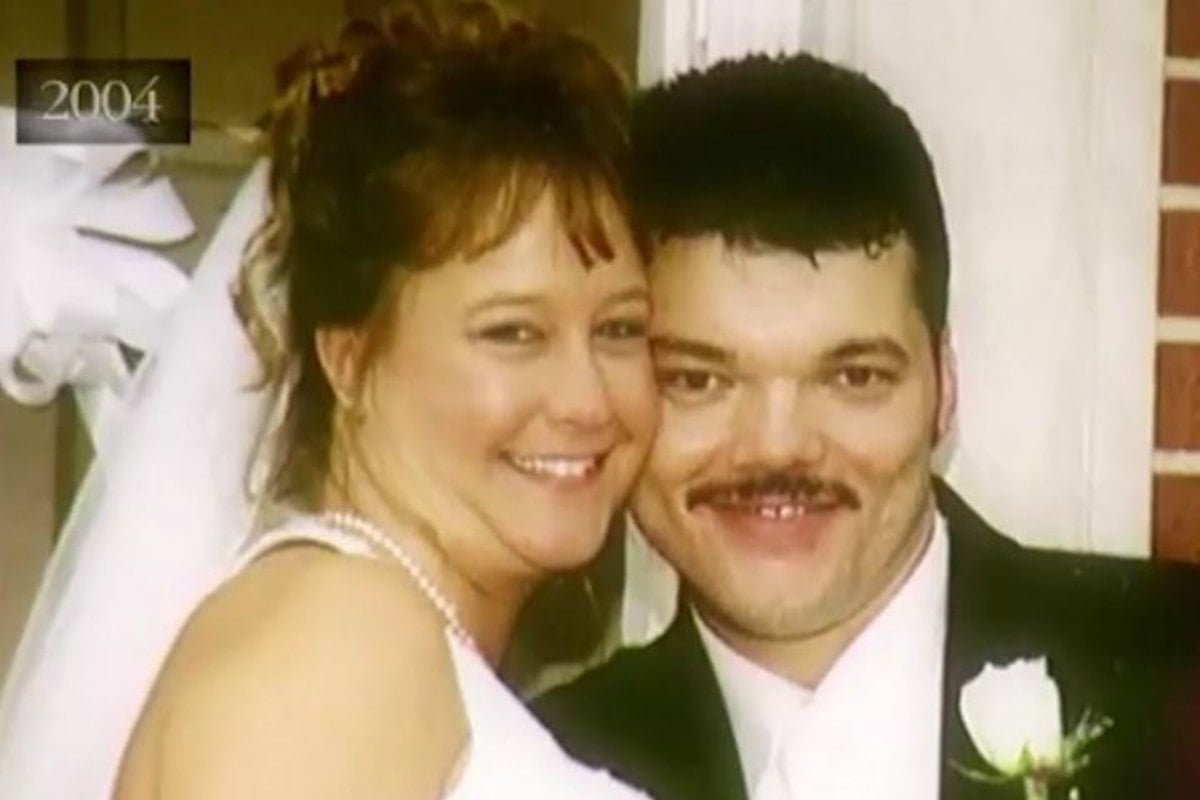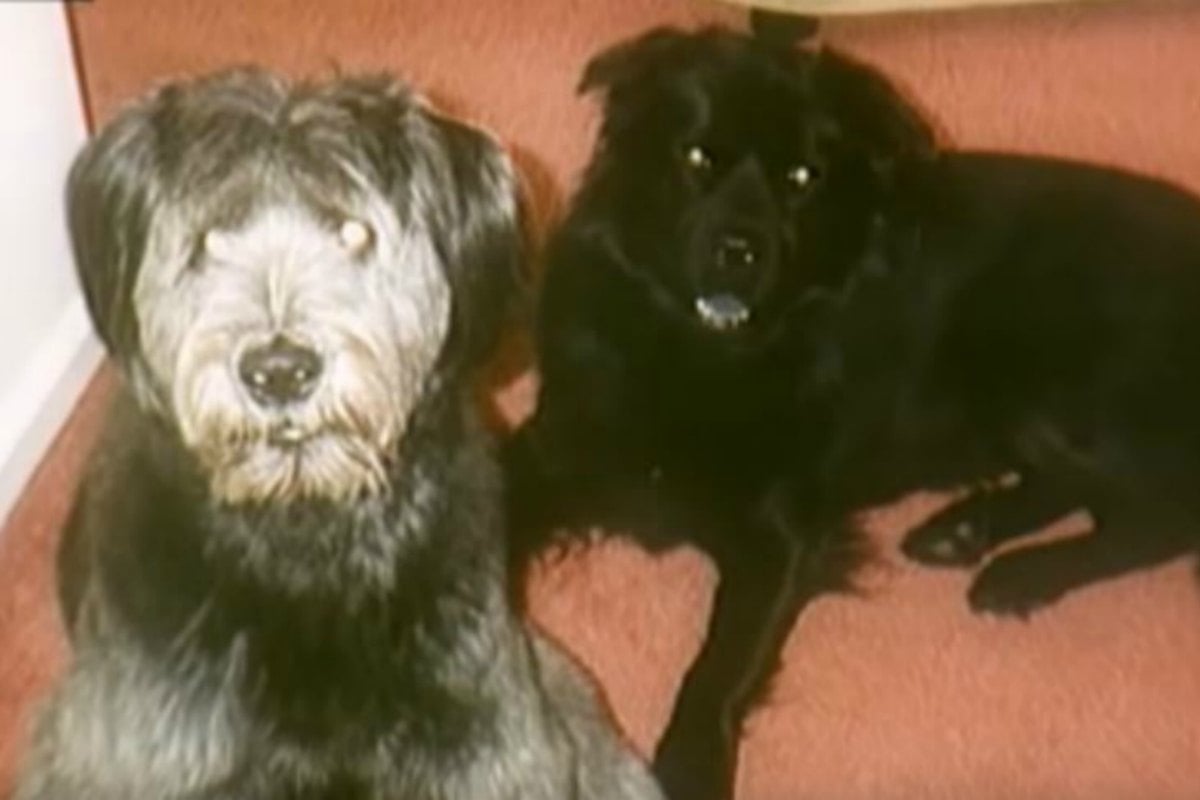
On November 11, 2004, Pete Koutrakos sobbed in front of millions of people.
He believed he’d killed his wife in a freak accident, and was struggling to forgive himself. He appeared on The Oprah Winfrey Show to warn other people that they could make the same mistake he did.
Four months earlier, Pete and his wife Jennifer were living in South Carolina. They had been married for a year and 10 months, and together for nine-and-a-half years. The young couple also shared their home with their beloved dogs, Zena and Champ.



Top Comments
I don’t understand why he didn’t turn the car off. Who leaves a running car when the driver isn’t going to use it any time? Very sad though I’m glad he has rebuilt his life
Thank goodness this story didn't go where I was expecting. I was waiting for the part where it turns out he did it deliberately - glad I was wrong. What a tragedy.